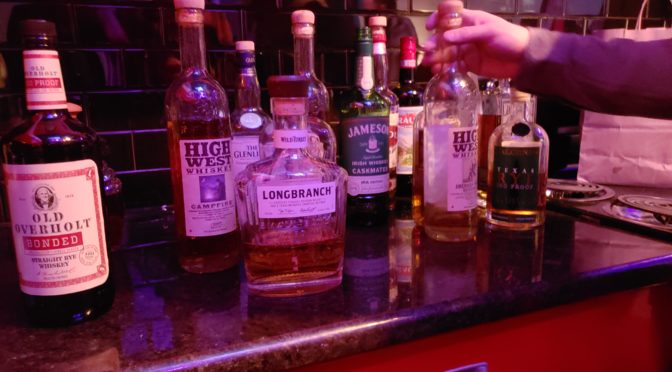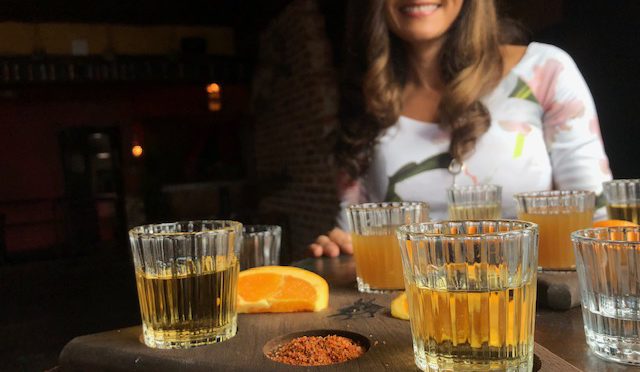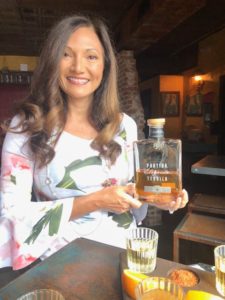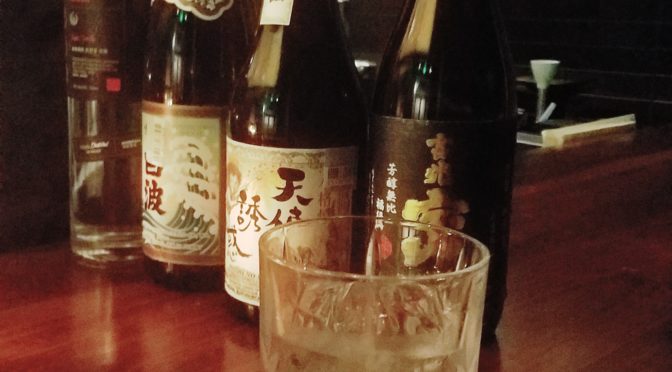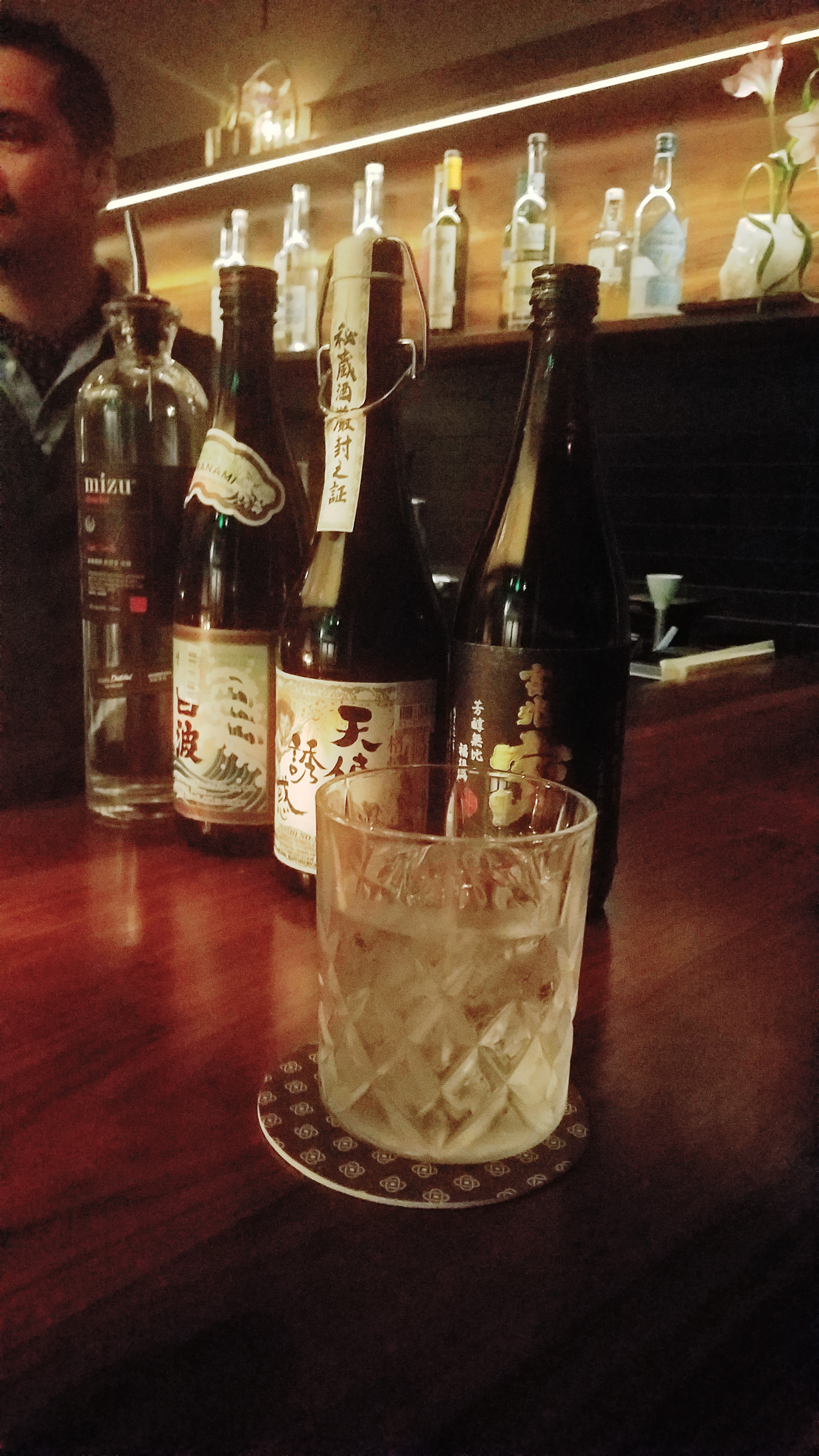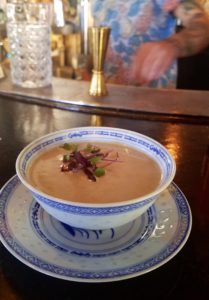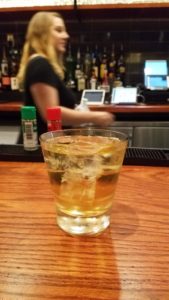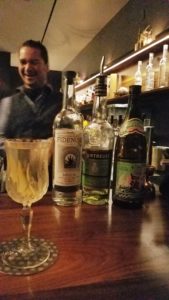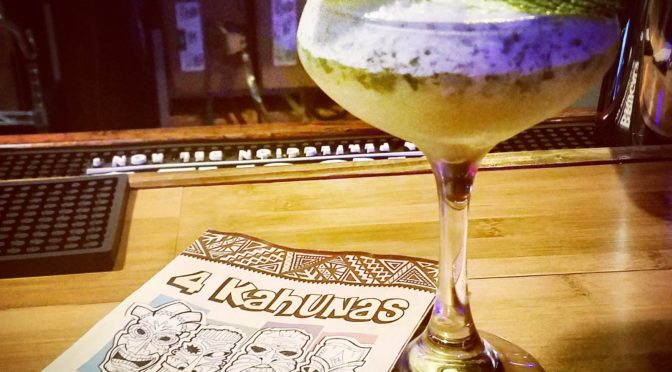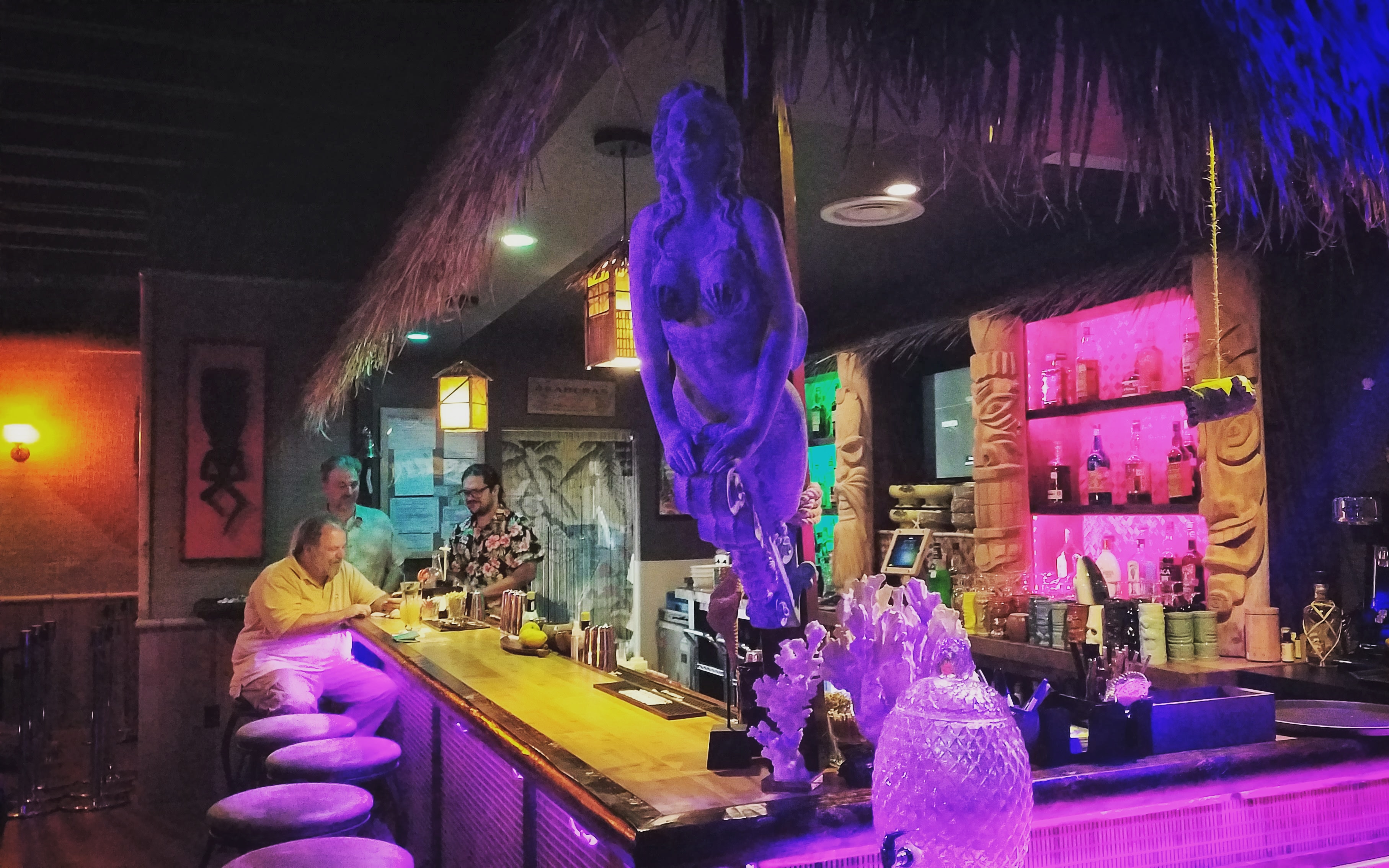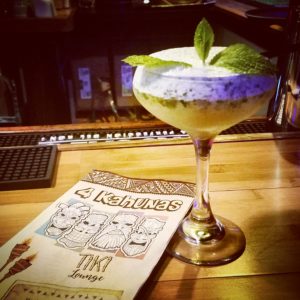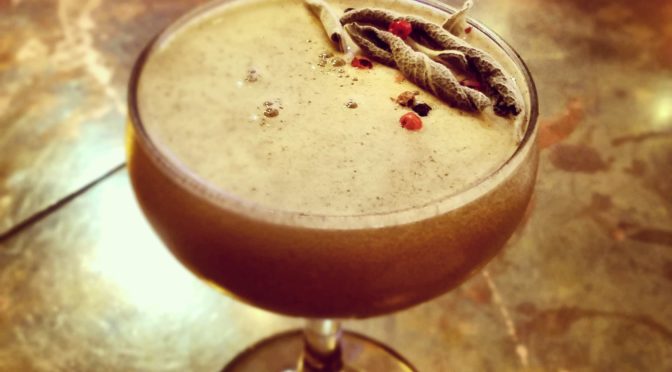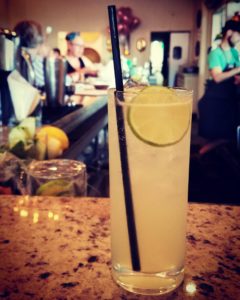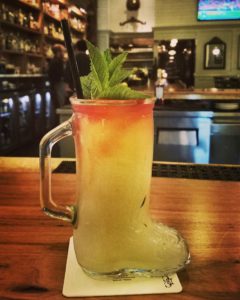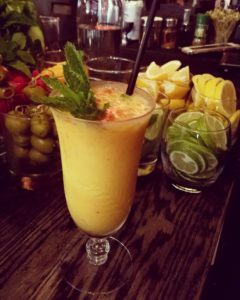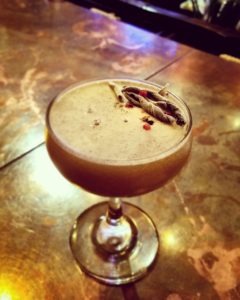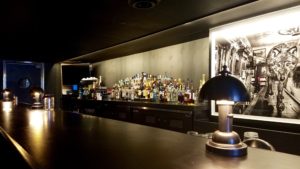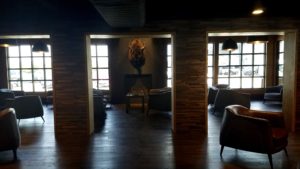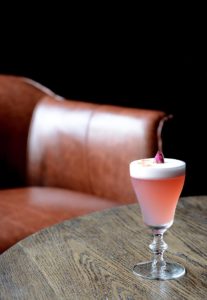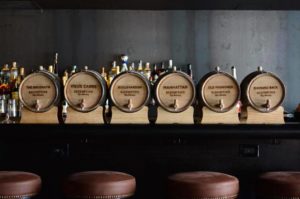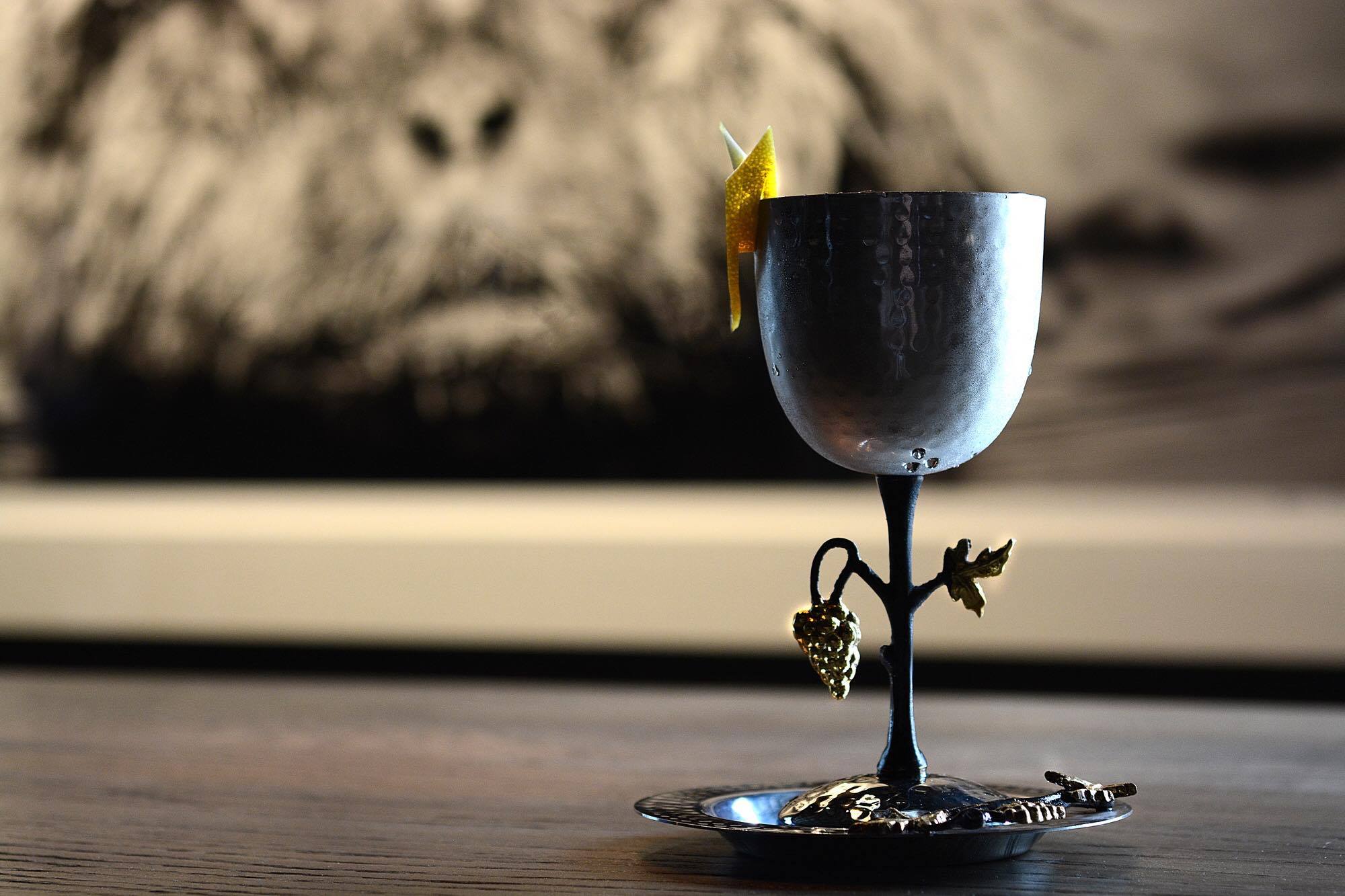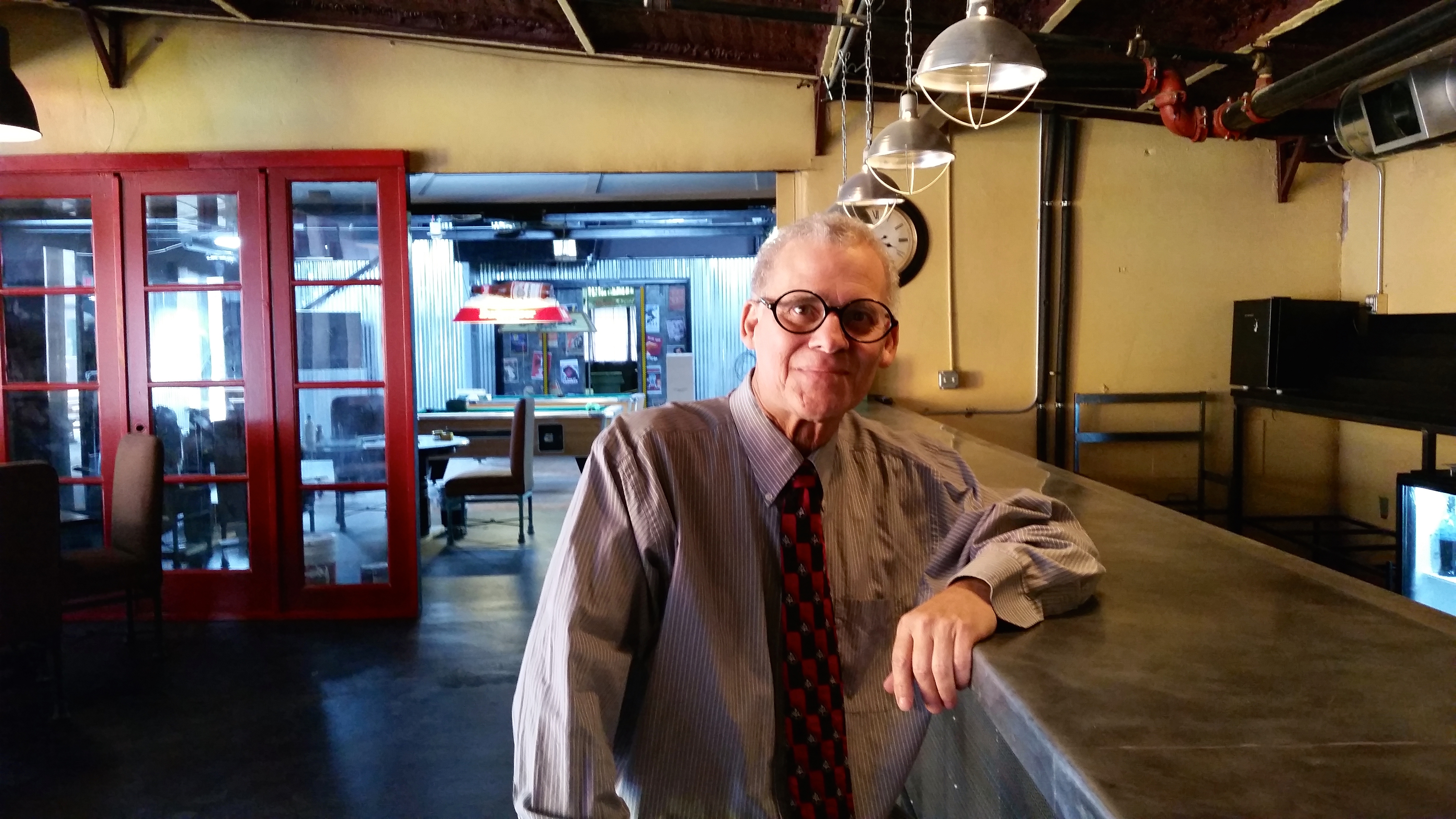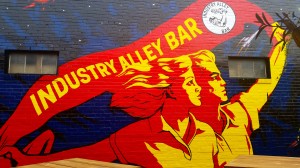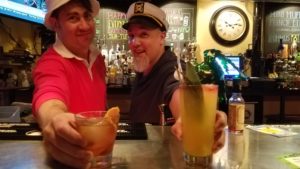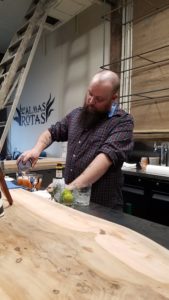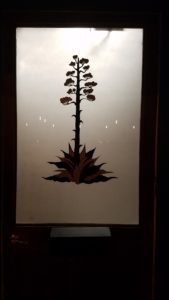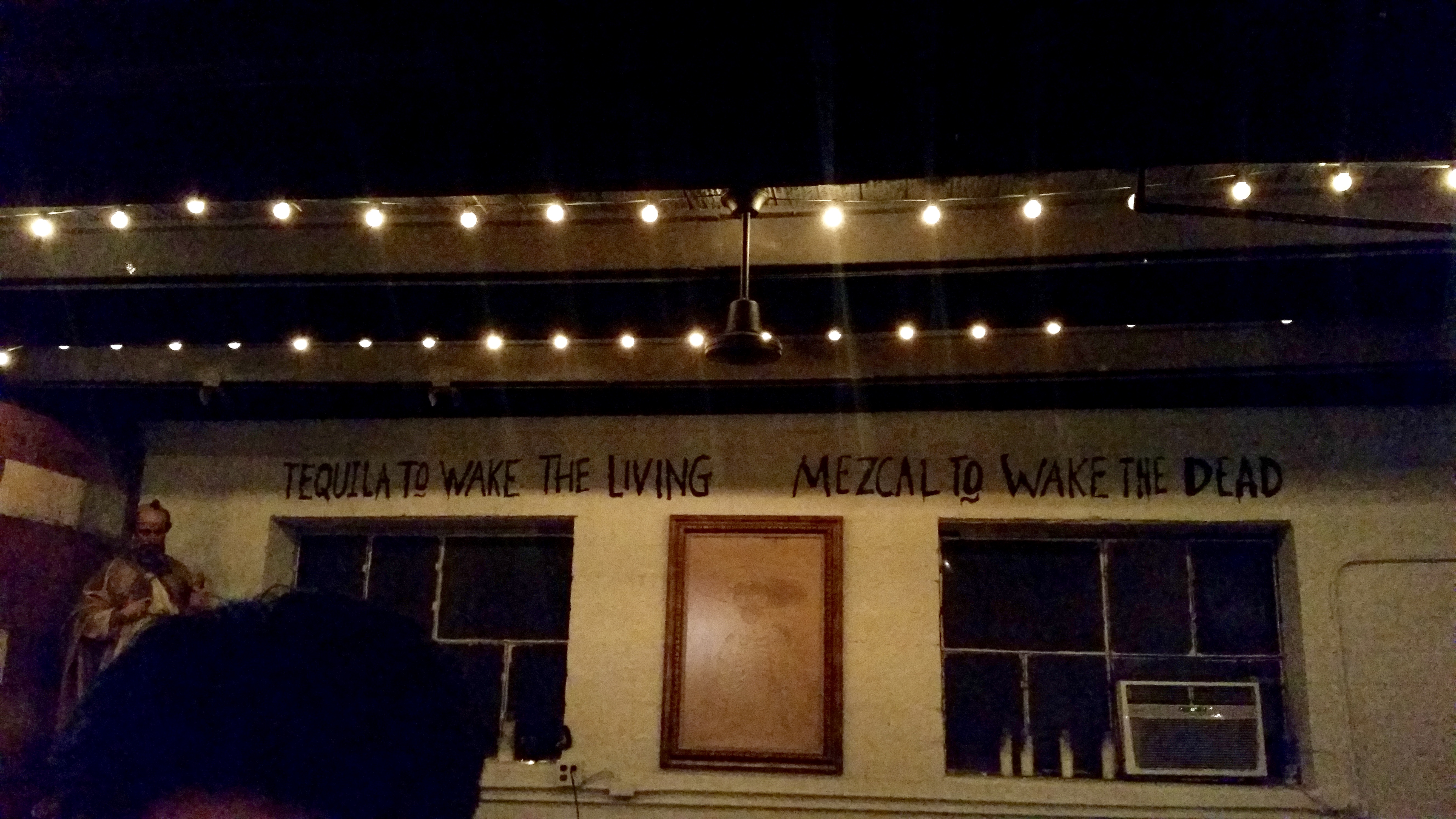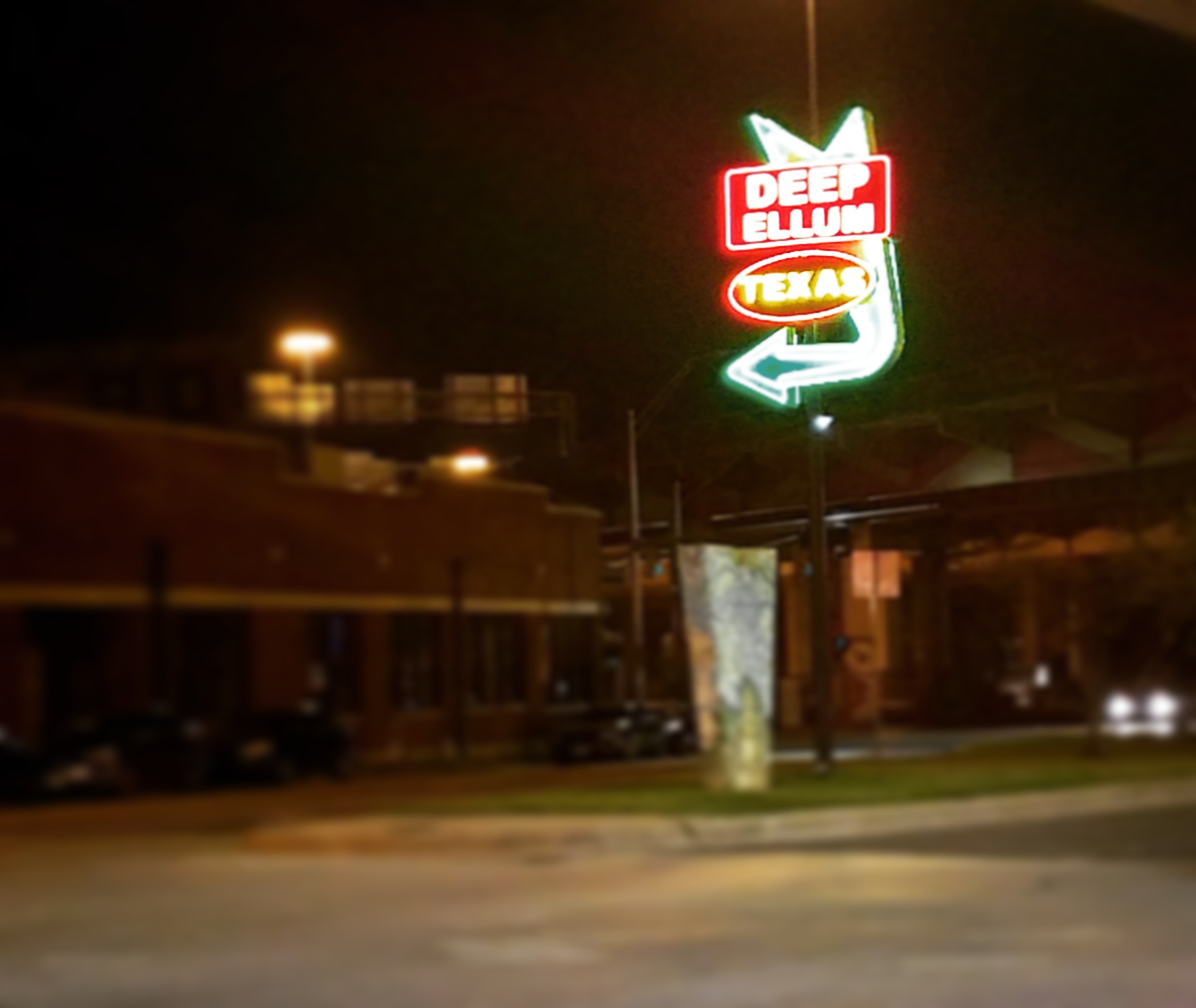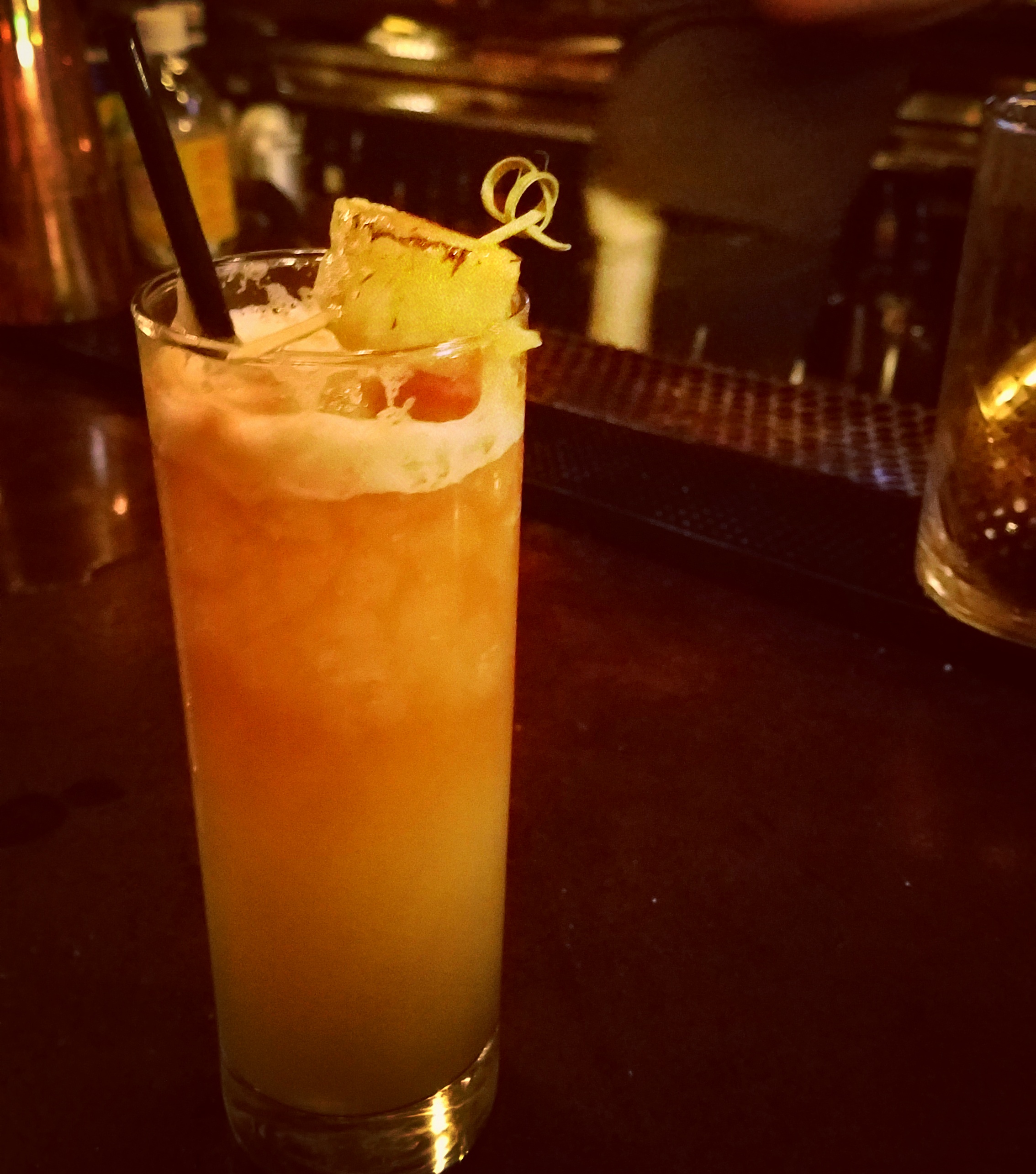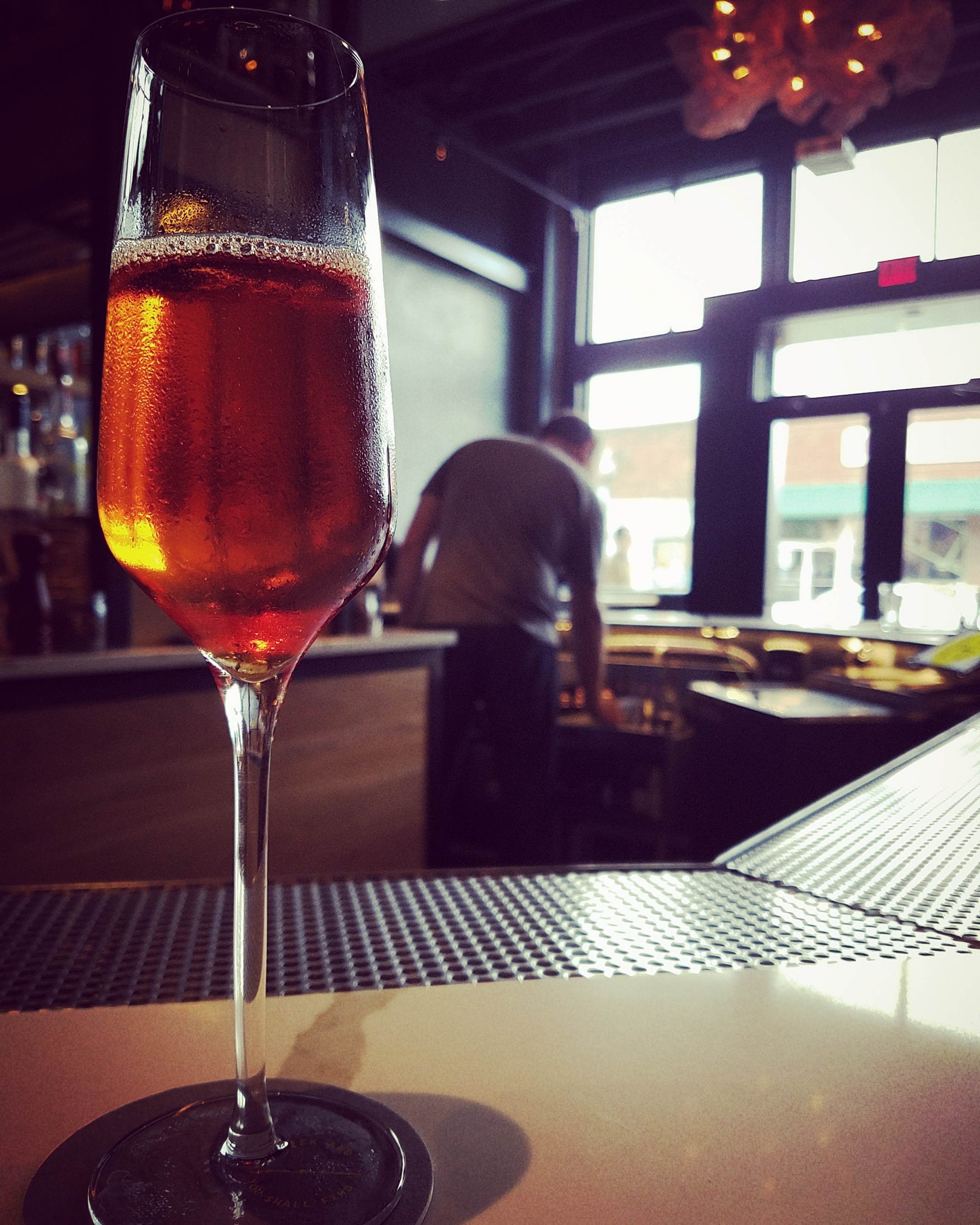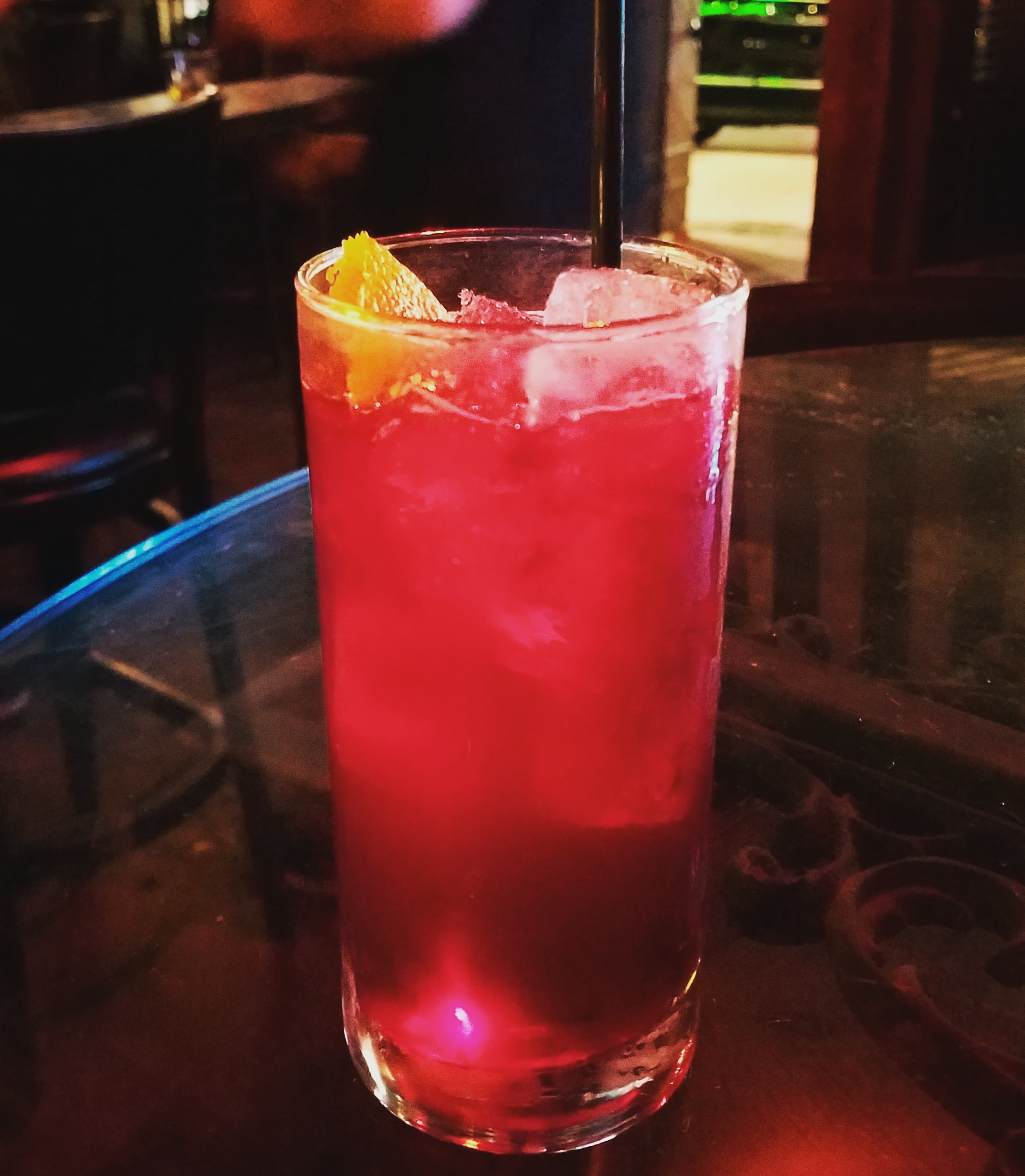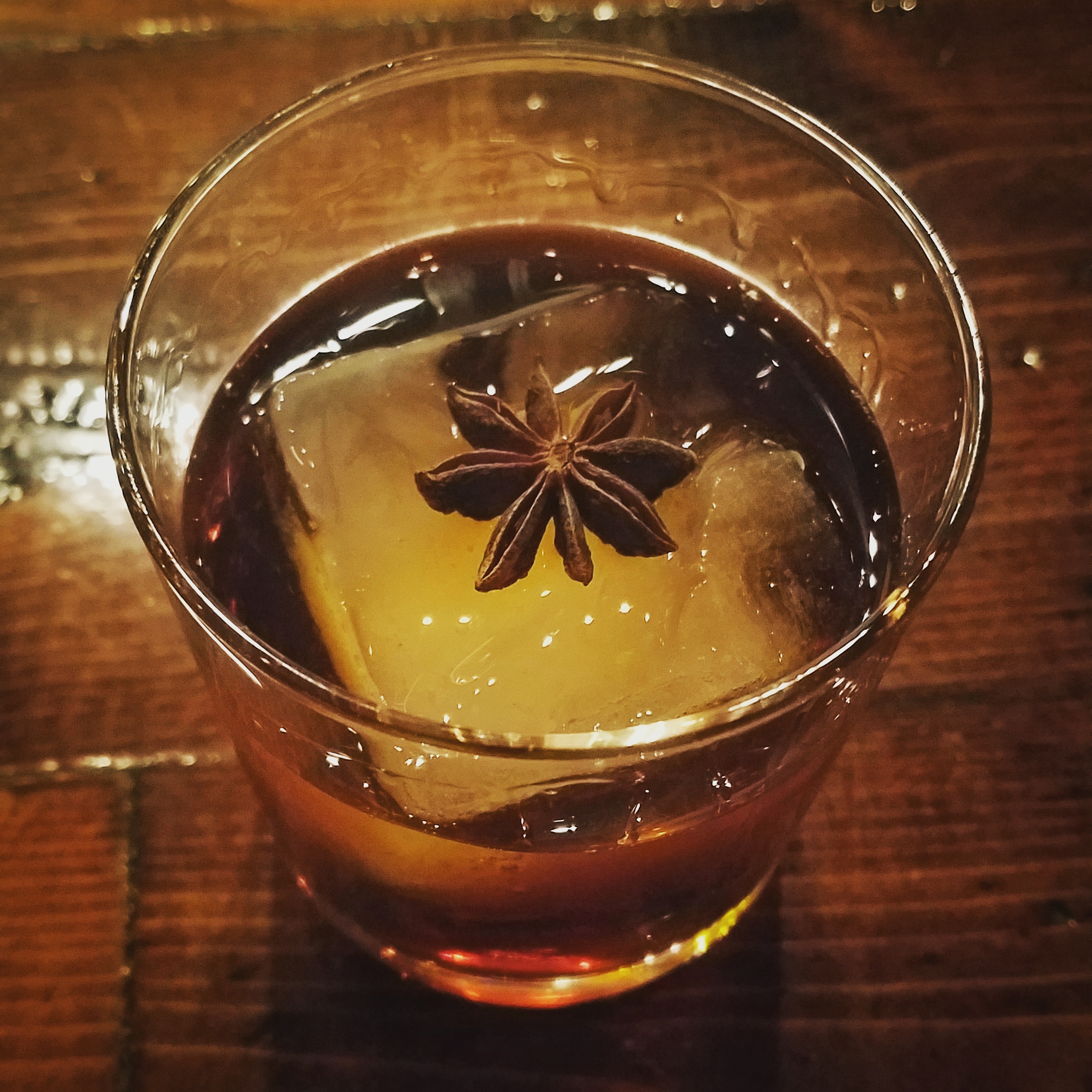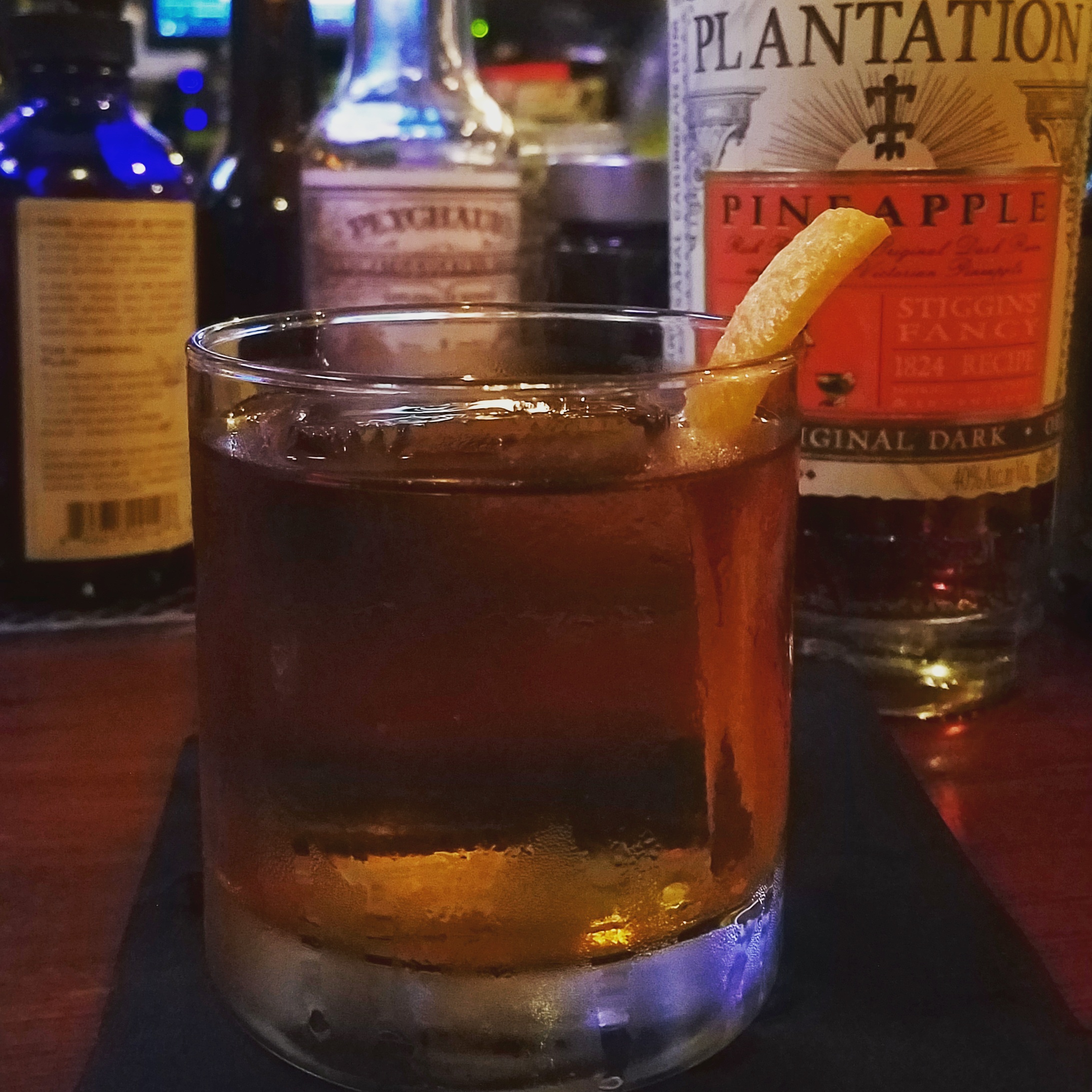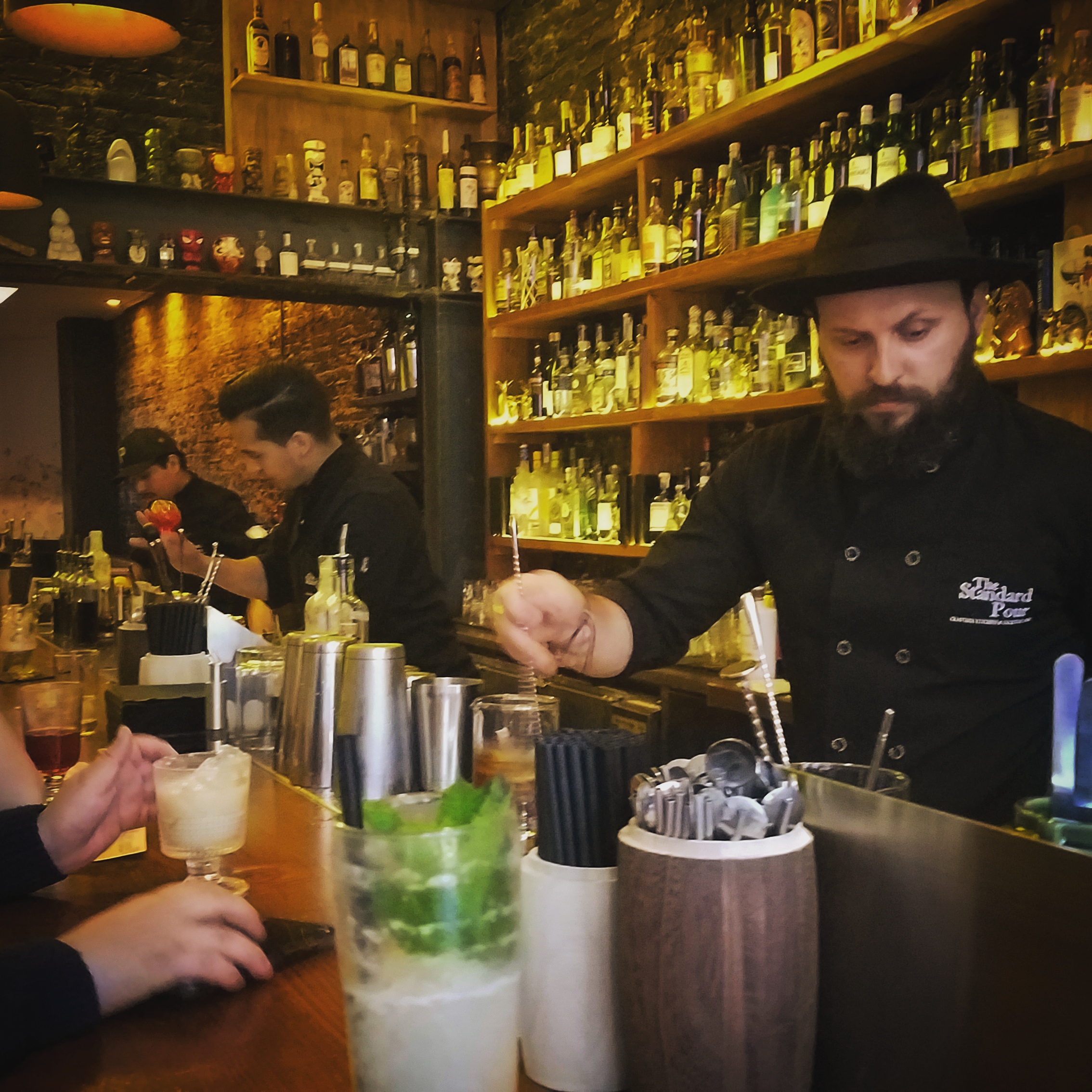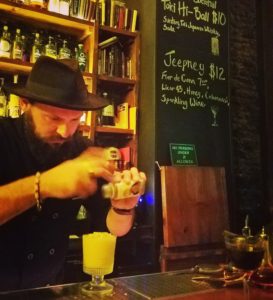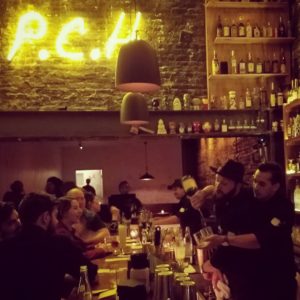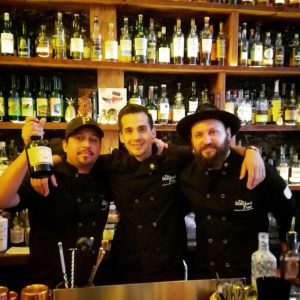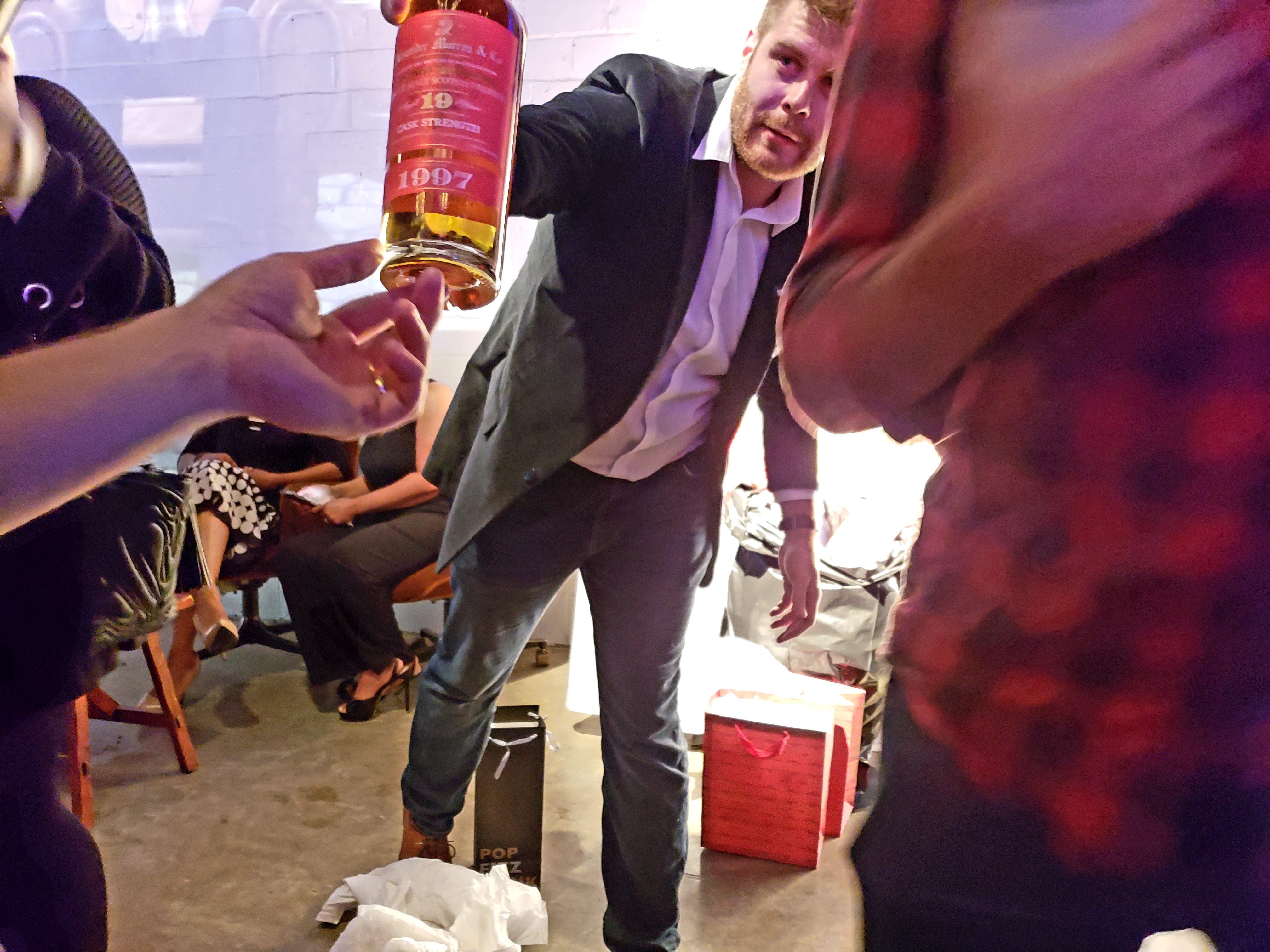
The way Nico Martini remembers it, one day his wife told him she and the girls were going to hold a White Elephant exchange, and he said, “OK, what do I need to bring?” And she said, “No, no, no – this is just for the girls.”
“So I said, `Oh, OK. Well, me and the guys are gonna do a whiskey exchange, and I don’t even know what that means, but I’m gonna do it,” says Martini, co-founder of Dallas-based Bar Draught, a mobile cocktail business.
Eight years later, Martini’s annual Whiskey Exchange has grown so much that at Saturday’s now-annual event, held at Bar Draught’s Design District offices, he split the gathering into two groups to facilitate the actual exchange, with dozens of attendees picking in pre-ordained random order from a table topped with discreetly wrapped bottles.
Like any good White Elephant party, there was plenty of pilfering and plundering and a handful of premium prizes to be had, and everybody went home with a quality bottle of whiskey. And because the event is now done with charity in mind, the rules were simple: Participants – who each paid $20 admission – had to bring a whiskey worth at least $50 and were urged to bid for a host of donated spirits, concert tickets and tasting and travel opportunities via a raffle, silent auction and live auction.

But before all that happened, guests heard from Tonya Stafford, director of It’s Going To Be Okay, the anti-human-trafficking organization that would benefit from this year’s festivities. A former victim of trafficking herself, Stafford shared her emotional story with the group.
“Hearing that was harrowing,” one attendee said afterward. “I immediately went and bought a bunch more raffle tickets.”
What began as what Martini described as “basically just this little dudes’ Christmas party” is now a serious source of holiday giving – a commitment that began in 2013 after Martini had dinner at the house of a friend with roots in the Philippines. That dinner took place not long after Super Typhoon Yolanda had ravaged the archipelagic nation, and the man’s village had been badly hit. In particular, the roof of a local elementary school had been torn away, so he asked those gathered around the table for any donations that could help, since his brother still lived in the area.
Martini thought: Hmmm. The whiskey exchange was coming up. Maybe there was a way to help. “I said I’d see what I could do,” he says.
He asked his buddies if they’d mind chipping in $20 apiece to take part, to benefit the cause. Everyone was eager to help. Martini also got a few donated items to raffle off, and the event would ultimately raise $800 toward the school’s reconstruction.
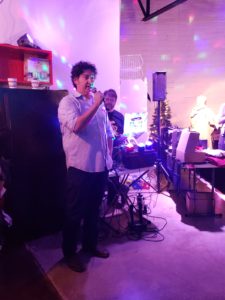
Since then, the event has benefited organizations such as The Birthday Party Project and Hurricane Harvey relief efforts. Saturday’s 8thannual whiskey exchange raised $12,000 for It’s Going To Be OK. And this year, for the first time, the gathering shed its males-only origins – because, as Martini put it, while he might have felt he had reason at first, that reason no longer made sense. “I’m so glad I saw so many whiskey loving ladies enojying this event,” Martini would say later. “It made the whole thing feel a little more … I don’t know… real? I guess? Regardless, it’s great to no longer be exclusionary in any way.”
As the night wore on and a DJ laid down tracks, participants shared whiskey stories and knowledge while sipping from a collection of donated bottles – including Whistle Pig, High West, Glenlivet and Jameson and locally made standouts like Balcones and Ironroot. The giving of spirits had bred a spirit of giving, which, in addition to a bottle of whiskey, was maybe the best thing anyone could take home.
“I’m glad we raised so much for charity,” Martini would say in a Facebook post, “but I know that the biggest recipent is me. This gives me hope. This event, this group of people, these causes we support. There are so many things in this world we can’t control… but once we come together and set our minds to it, we can change our world. One good cause at a time.”
